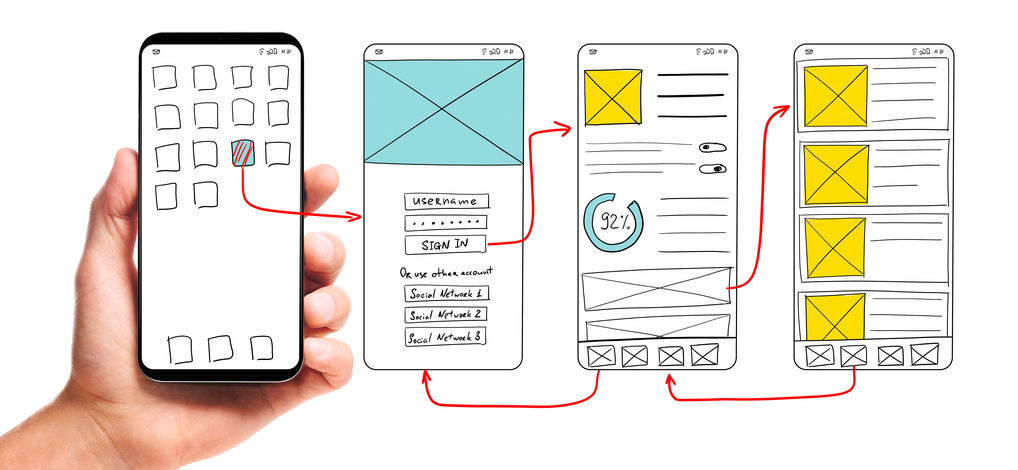
Source:How To Identify Clear Learning Goals – eLearning Industry
Educational Software has revolutionised the way we learn and teach, offering interactive and engaging tools that enhance the educational experience. However, with countless options available in the market, choosing the right educational software can be a daunting task. In this comprehensive guide, we will walk you through the essential factors to consider when selecting educational software, ensuring that you make informed decisions that align with your learning goals. From evaluating features and functionality to assessing compatibility and support, this guide will equip you with the knowledge to choose the perfect educational software for your needs.
Identify Your Learning Goals:
Begin by clearly defining your learning goals and objectives. Determine the specific areas of study or skills you want to focus on. Research further to explore the range of educational software available in those areas and identify the ones that align with your learning goals.
Evaluate Features and Functionality:
Assess the features and functionality of the educational software you are considering. Look for interactive elements, engaging content and customisable options that cater to your learning style. Research further to understand the features and how they support your learning objectives.

Source:User Experience vs. User Interface Design – Beta Breakers
Consider User Experience and Interface:
The user experience and interface of educational software play a vital role in its effectiveness. Evaluate the software’s ease of use, intuitive navigation and overall user experience. Research further to read user reviews and testimonials to gauge user satisfaction.

Compatibility and Accessibility:
Ensure that the educational software is compatible with your devices and operating systems. Consider whether it can be accessed across multiple platforms, such as desktop computers, tablets and smartphones. Research further to check system requirements and compatibility information provided by the software developers.

Source:https://seoforgrowth.com/importance-quality-content-seo/
Content Quality and Relevance:
Examine the quality and relevance of the educational content offered by the software. Look for accuracy, up-to-date information and alignment with educational standards. Research further to explore sample content or request trial versions to assess the quality firsthand.

Source:Customization Vs. Personalization in the UX – insights – DigiCommerce
Personalisation and Customisation:
Consider the level of personalisation and customisation options available within the software. Look for features that allow you to tailor the learning experience to your individual needs and preferences. Research further to understand the extent of customisation available and how it can enhance your learning experience.
Assess Support and Updates:
Evaluate the level of support provided by the software developer. Look for access to technical support, user forums and documentation. Additionally, consider the frequency and quality of software updates, ensuring that the software remains relevant and secure. Research further to learn about the developer’s reputation for customer support and commitment to product improvement.

Source:10 Considerations for Creating a Budgeting Process
Budget Considerations:
Take into account your budget and the pricing structure of the educational software. Research further to compare prices, subscription plans and available discounts. Consider the value offered by the software in relation to its price.
Trial and Test:
Whenever possible, take advantage of trial versions or demos of the educational software. This allows you to experience the software firsthand and determine if it meets your requirements. Research further to explore trial options and make the most of them before making a final decision.

Source:Opinion: Recommendations not reviews – My Met Media
Seek Recommendations and Reviews:
Consult trusted sources, such as educational communities, online forums and professional networks, to seek recommendations and reviews of the educational software you are considering. Research further to tap into the collective wisdom and experiences of others who have used the software.
Choosing the right educational software is a crucial step towards enhancing your learning experience and achieving your educational goals. By following this ultimate guide and conducting thorough research, you can make an informed decision that aligns with your specific needs and preferences. Remember to consider factors such as learning goals, features, compatibility, content quality and support. By doing so, you’ll be well-equipped to choose the perfect educational software that empowers you on your educational journey.











